Understanding the Purpose of a Cover Letter
A cover letter is a crucial part of your job application package. It serves as your first introduction to a potential employer and provides an opportunity to showcase your personality, skills, and enthusiasm for the position. Unlike your CV, which provides a factual overview of your experience and qualifications, the cover letter allows you to connect with the hiring manager on a more personal level and express why you are the ideal candidate. This is your chance to make a lasting impression and encourage the reader to delve deeper into your qualifications. A well-crafted cover letter sets you apart from other applicants and significantly increases your chances of securing an interview.
Why Cover Letters Matter
Cover letters are essential because they provide context to your CV. They explain your career goals, how your skills align with the job requirements, and why you are particularly interested in the specific opportunity and the company. They demonstrate your writing skills, attention to detail, and communication abilities. A strong cover letter highlights your accomplishments, providing concrete examples of how you’ve added value in previous roles. By personalizing your cover letter, you show that you have taken the time to research the company and understand their needs, which is a key factor in demonstrating your genuine interest and enthusiasm, increasing the likelihood of being selected for an interview.
Key Elements of an Effective Cover Letter

To write a great cover letter, several key elements must be included. These elements work together to present you as a strong candidate. Structuring your cover letter with each of these essential elements in mind will help you to create a cover letter that impresses the hiring manager and helps you to stand out amongst other applicants.
Your Contact Information and Date
Start with your contact information (name, phone number, email address, and LinkedIn profile URL) at the top. Include the date below your contact details, followed by the hiring manager’s name (if known) and the company’s address. Ensure your contact information is accurate and up-to-date, so the hiring manager can easily reach you. This establishes professionalism and makes it easy for the reader to reach you for an interview or further communication.
Addressing the Hiring Manager
Address your cover letter to the specific hiring manager whenever possible, which shows you’ve done your research. If you can’t find a specific name, use a general greeting like “Dear Hiring Manager” or “Dear [Company Name] Hiring Team.” Avoid generic greetings like “To Whom It May Concern,” which can make your letter seem impersonal and less engaging. Addressing the letter directly to the hiring manager demonstrates that you have taken the initiative to discover their name and shows that you are invested in the role.
Writing a Compelling Opening Paragraph
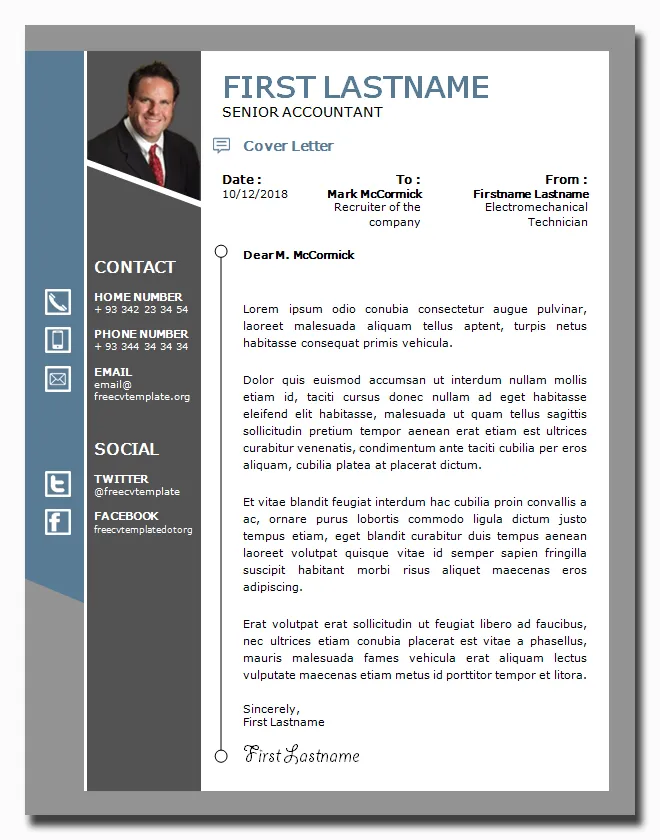
Your opening paragraph is your hook. It should grab the reader’s attention immediately. State the position you are applying for and how you found the job posting. Briefly mention why you’re interested in the role and the company. You can include a brief, impactful statement about your key skills or a significant achievement relevant to the job. Make it clear why you are excited about this opportunity and what value you can bring to the company. This initial paragraph sets the tone for the rest of your cover letter, so make it count.
Highlighting Relevant Skills and Experiences
In the body of your cover letter, expand on your relevant skills and experiences. Refer back to the job description and highlight the qualifications that directly align with the requirements. Provide specific examples of how you have used your skills to achieve results in previous roles. Quantify your achievements whenever possible, using numbers and data to demonstrate your impact. Explain how your skills and experiences make you a strong fit for the position. Connect your qualifications with the needs of the employer, showing how you can contribute to their success. Be concise and focused, avoiding generic statements; provide evidence to support your claims.
Demonstrating Your Interest in the Company
Show that you have researched the company and understand their mission, values, and culture. Explain why you are interested in working for them specifically. Mention any recent company news, projects, or initiatives that resonate with you. Discuss how your personal values align with those of the company, if possible. This section demonstrates your genuine interest in the organization and shows that you are not just applying for any job; you are specifically interested in this company. Doing so proves you want to contribute your skills to their success.
Crafting a Strong Closing Paragraph
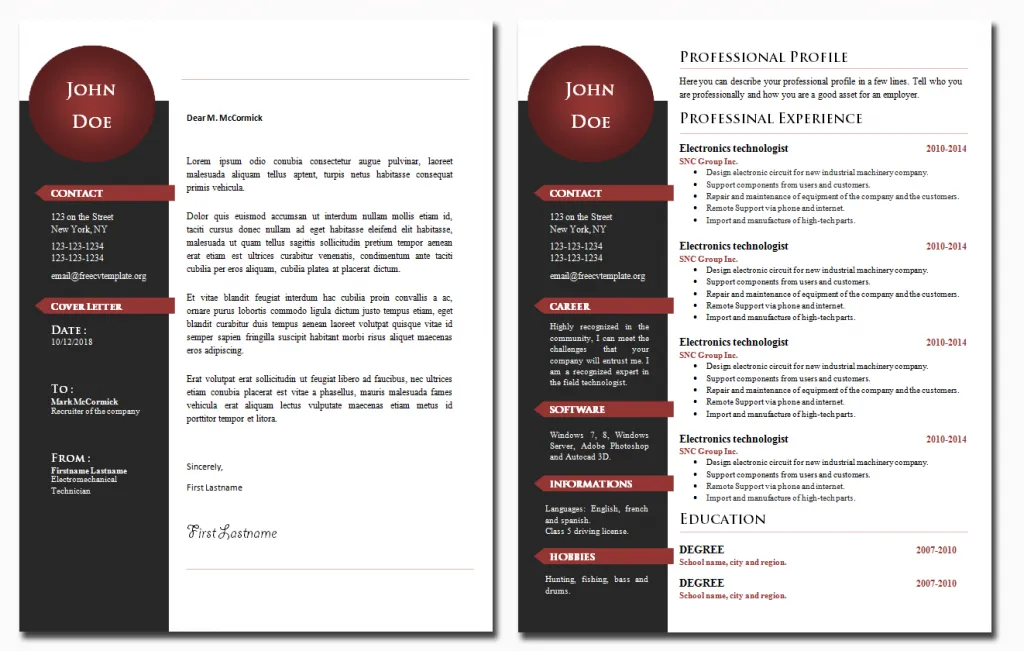
In your closing paragraph, reiterate your interest in the position and the company. Express your enthusiasm for the opportunity to discuss your qualifications further. Include a call to action, such as requesting an interview or stating your availability. Thank the hiring manager for their time and consideration. Keep it concise and professional. A well-crafted closing reinforces your message and leaves a lasting positive impression, prompting the hiring manager to want to contact you.
The Importance of Proofreading
Proofread your cover letter meticulously for any grammatical errors, spelling mistakes, or typos. Errors can undermine your credibility and make you appear careless. Read your cover letter aloud to catch awkward phrasing or unclear sentences. Ask a friend or colleague to review your cover letter for a fresh perspective. Ensure your cover letter is free of errors to create a professional image and demonstrate your attention to detail, making your cover letter polished and professional.
Formatting Your Cover Letter for Readability
Proper formatting is key to ensuring your cover letter is easy to read and visually appealing. A well-formatted cover letter showcases your attention to detail and respect for the reader’s time. Consistent formatting improves the overall presentation and makes your cover letter more engaging. Effective formatting helps the hiring manager easily understand your qualifications, making your cover letter stand out from other applications.
Choosing the Right Font and Font Size
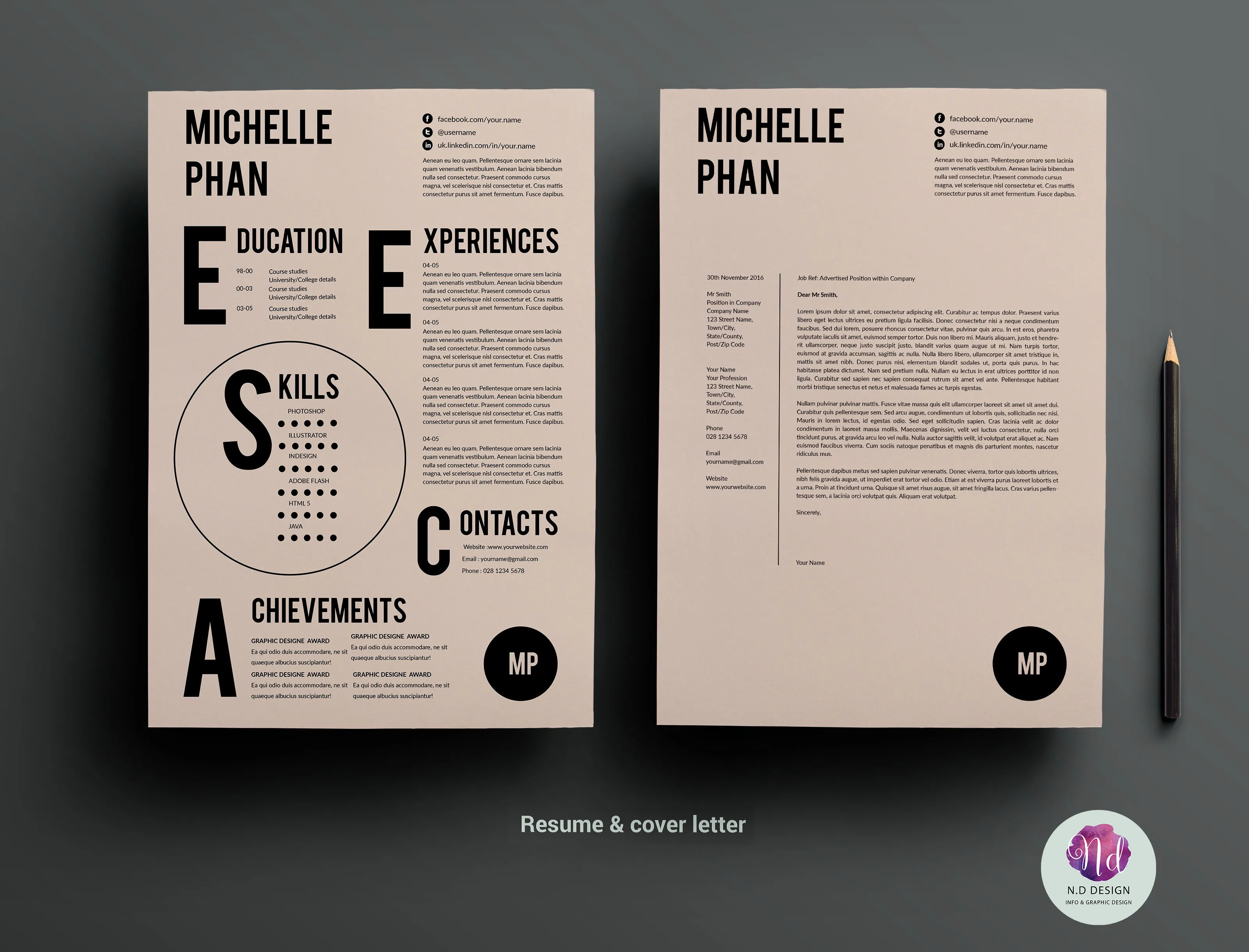
Select a professional and easy-to-read font such as Times New Roman, Arial, or Calibri. Use a font size between 10 and 12 points for the body text, ensuring that it’s large enough to be easily readable without being overly large. Use a slightly larger font size for your name and contact information at the top. Maintaining consistent font choices makes your cover letter look clean and professional, helping the reader focus on the content rather than the formatting.
Using White Space Effectively
Utilize ample white space to make your cover letter visually appealing. Use single or 1.15 line spacing and leave a blank line between paragraphs. Avoid crowding the text; give the reader’s eye room to breathe. Add margins of at least one inch on all sides of the page. White space separates content and makes it easier to scan and digest. A well-spaced cover letter is more inviting to read and allows the important information to stand out, enhancing the overall readability of your cover letter.
Best Practices for Different Job Applications
Different types of job applications may require some adjustments to your cover letter. Tailoring your cover letter to fit the specific job requirements and company culture shows that you pay attention to details and that you are invested in the opportunity. Adjusting the tone, content, and formatting to each application ensures that your letter is relevant and impactful, maximizing your chances of success.
Tailoring Your Letter to Each Job
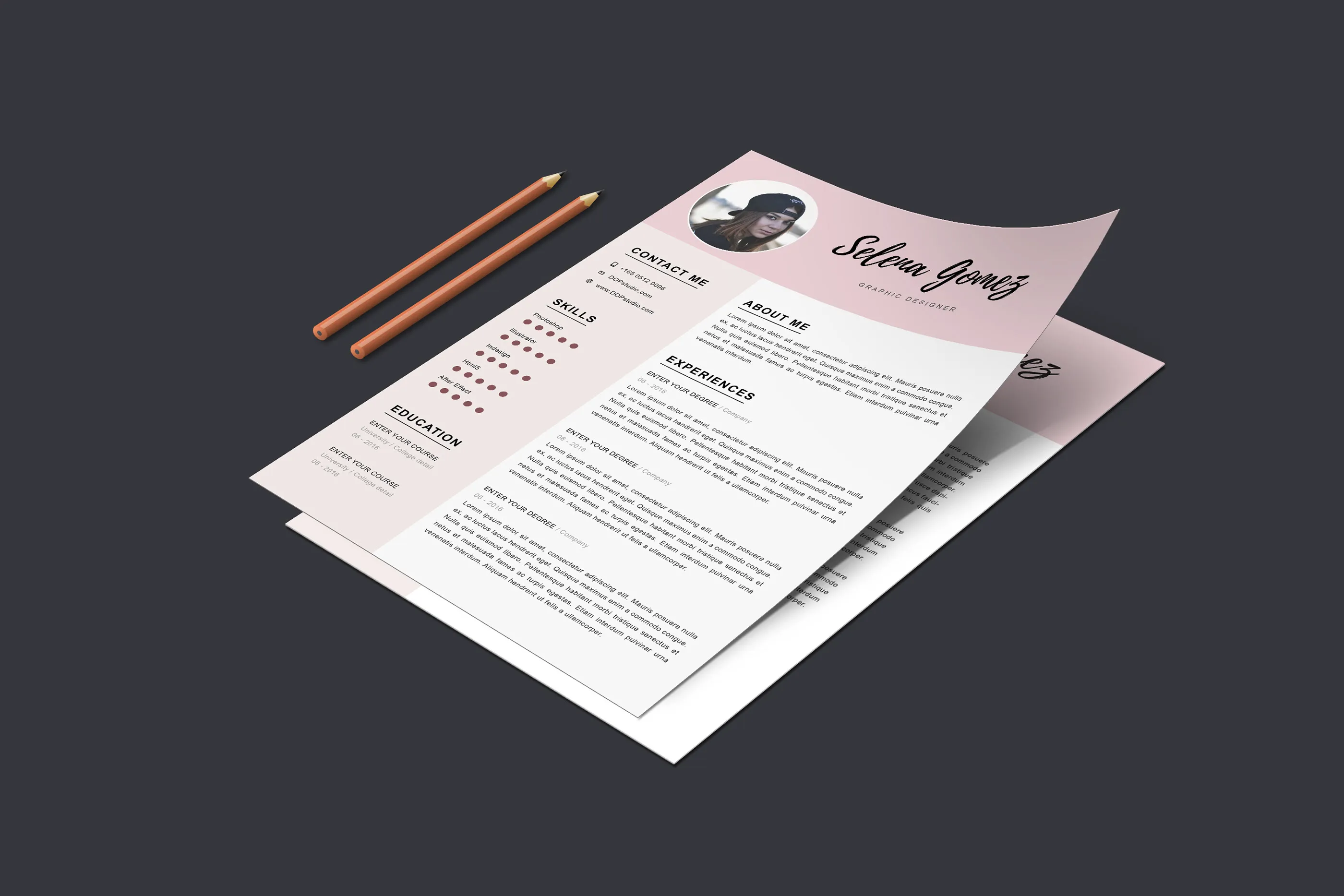
Always customize your cover letter for each job application. Research the company and the specific role thoroughly. Analyze the job description carefully and identify the key skills and experiences the employer is seeking. Customize your cover letter to highlight the skills and experiences most relevant to the role. Use the same keywords and phrases from the job description. Explain how your qualifications meet the specific requirements of the position. Showing you’ve taken the time to understand their needs makes a stronger impression.
Cover Letter Templates and Examples
Using cover letter templates can be a great starting point, but it’s essential to personalize them. Templates provide a framework, helping you organize your thoughts. They offer a clear structure and formatting guidelines. When you customize the template, you show that you put effort into your application, and tailor it to your own experiences and qualifications. Customization will make your application stand out. The key is to adapt the template to your unique experiences and the specific requirements of the job.
Where to Find Templates
Numerous websites offer cover letter templates. Many career websites and online resume builders provide downloadable templates in various formats, such as Word and PDF. Search for templates that match your industry and the type of role you’re applying for. Look for templates that offer flexibility in terms of content and formatting, allowing you to customize them according to your needs. These resources provide a solid foundation, and they save time. Be sure to select templates that are well-designed and professional.
Customizing Templates
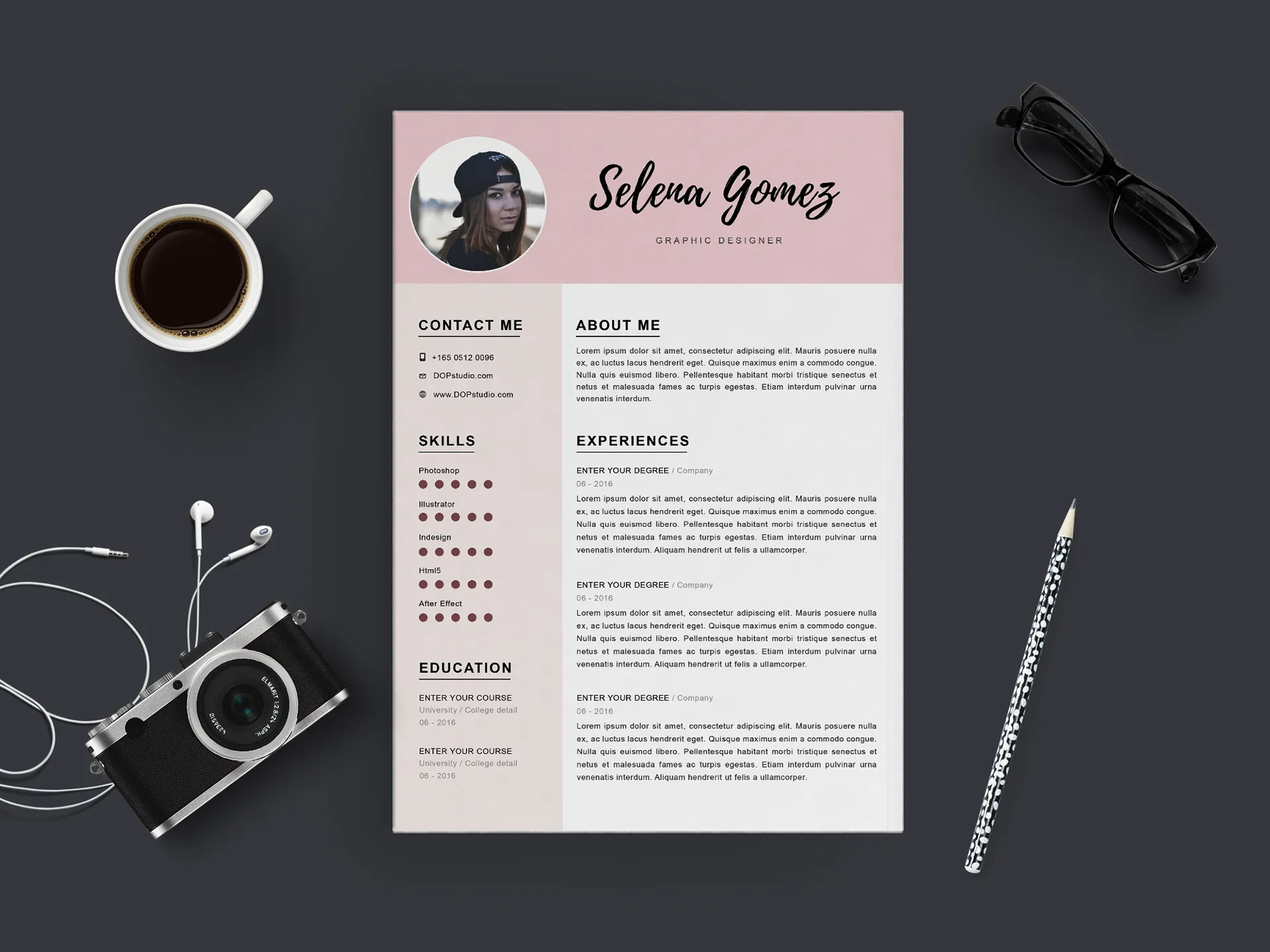
Once you have a template, replace the placeholder text with your own information. Highlight your relevant skills and experiences. Tailor the content to match the job description and the company’s requirements. Adjust the tone and style to match the company’s culture. Don’t simply copy and paste; personalize the template to reflect your unique qualifications and personality. Customizing a template shows that you have taken the time to create a cover letter that is perfect for the specific role.
Common Mistakes to Avoid
Several common mistakes can significantly weaken your cover letter. Avoid using generic, impersonal language. Ensure your letter is free of typos and grammatical errors. Do not simply repeat your resume; instead, provide additional context and highlight specific achievements. Refrain from writing overly long or rambling paragraphs. Avoid negativity; focus on your strengths and what you can offer. Tailoring your cover letter to the specific job and company helps avoid these common pitfalls. By being aware of these common errors, you can improve the effectiveness of your cover letter and increase your chances of success.
In conclusion, a well-crafted cover letter is essential for making a strong impression. By following these guidelines, you can create a compelling cover letter that highlights your skills and experiences and increases your chances of landing an interview. Tailor your letter to each job, and don’t forget to proofread. With these tips, you can craft cover letters that make you stand out and propel you toward your dream job!
